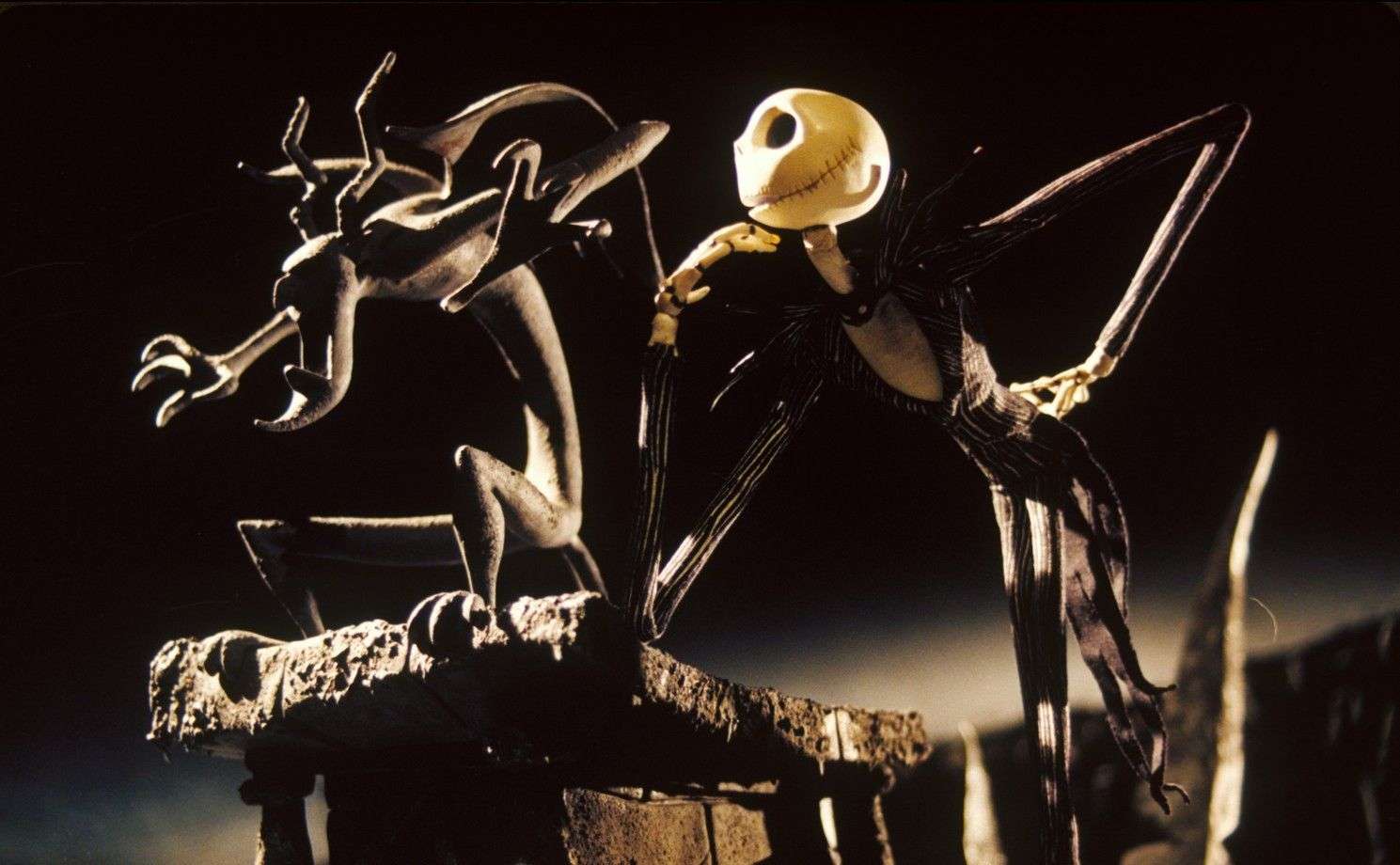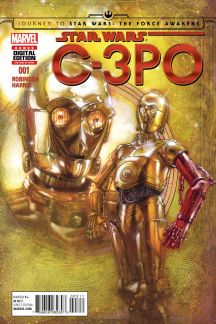 Life of Pi
Life of Pi
Directed by Ang Lee
Written by David Magee
USA, 2012
A major theme woven into Life of Pi‘s narrative is making the incredible believable. Can there be any metaphor more appropriate for the insurmountable challenge Ang Lee and his special effects wizards faced in bringing to life such a complicated story? And yet, the product stands as incontestable evidence of success. Tackling grandiose ideas with epic spectacle, Life of Pi keeps the poignant story of a soul-searching boy named Pi trying to understand his place in the world central to the amazing action on display.
Lee’s latest masterpiece offers up snapshots of its protagonist’s life in three stages. Early on, a headstrong and very young Piscine Patel (Auyush Tandon) proves that he isn’t the sort of character to drift with the ebbs and flows of anything as fickle as fate. When bullies cruelly transform Piscine’s name into the vulgar nickname “Pissing,” he cleverly dubs himself Pi and solidifies the new moniker by memorizing the mathematical constant to its umpteenth decimal place. Beset by much higher stakes, Pi’s resourcefulness serves him well again as a teenager (now played remarkably by Suraj Sharma) when a shipwreck forces him onto a lifeboat with a dangerous tiger. Finally, that same nerve, though tempered now with age, is still reflected in the meaningful glances the adult Pi (Irrfan Khan) bestows on a skeptical writer (Rafe Spall) to whom he recounts his unbelievable story of survival.
The Pi trifecta, each component performed with impressive verve by its respective actors, creates an indelible portrait of a hero who can inspire with the boldness of his curiosity as well as his courageous hope in the face of adversity. Most of Pi’s story comes from his most mature incarnation. He narrates the tale of his intriguing childhood to a writer who has come begging for inspiration.
Pi grew up the son of a zookeeper, taking his lessons in the savagery of nature from his stern father and in matters of the spirit and heart from his doting mother. Perhaps this duality makes it easy for Pi to accept competing ideas, and as a result, he adopts Christian, Muslim, and Hindu beliefs into his pluralistic life philosophy. Pi’s spirituality and deep desire to connect with all God’s creatures compose basic but essential tools for his survival when his faith and body are later tested beyond measure.
When financial hardships necessitate a relocation, Pi’s family sells the zoo and boards a freighter bound for Canada along with several animals they hope to unload overseas. However, fate or God (take your pick) intervenes, and a tempest sinks their ship. Pi is the only human to survive along with a zebra, a hyena, an orangutan, and a ferocious Bengal tiger named Richard Parker, whose anthropomorphic name is due to a clerical error.
As is bound to happen when predators and non-predators share a confined space, numbers dwindle quickly, and after a couple of days, only Pi and Richard Parker remain. Pi must rely heavily on his collective knowledge of zookeeping to establish himself as the dominant beast and stay alive. But Pi equally fears a desolation of the soul as well as body, so he seeks spiritual solace from his tiger companion by attempting to connect with him as a kindred spirit. A strange albeit moving relationship does develop between these peculiar animals paired together through hardship, and each becomes the other’s key to survival.
During the lifeboat sequences, screenwriter David Magee sets aside adult Pi’s voiceover narration and spares us his philosophizing, which completely roots us in the present action without the burden of having to consider what Pi will learn from it later. This turns out a wise move, as the most profound realizations result most often from the movie’s silent moments.
Ang Lee has proven time and again a skill for imbuing quiet, contemplative scenes with unmistakable significance, and so with an artist’s grasp of restraint and embellishment Lee paints an ambitious story of self-discovery with brushstrokes both subtle and all-encompassing. One of his shots can and often do possess a universe of ideas. When Pi looks over the bow of the lifeboat into an incandescent ocean filled with glowing jellyfish, one gets the impression he is staring into the mouth of Krishna, which Pi’s mother has explained contains the whole of existence.
In the final moments of the film, we learn Pi has prepared a second version of his story to appease the rational sensibilities of disbelievers. But only one side of the story gets the cinematic treatment. The second account exists purely as recitation, no flashbacks or dream sequences. So while two explanations exist for Pi’s experience, there is only one story to tell. Handling the narrative this way, the film’s keen director says as much about the meditative power of imagination in what he chooses not to reveal versus what actually appears on screen.
One of the few complaints that can be charged against the movie comes in the summation when Pi neatly lays out his ultimate point with a pithy remark about his all-too-clever approach to faith. It probably would have been better to relegate the story’s premise to the insinuations of a powerfully beguiling allegory. Nevertheless, Life of Pi expresses a bevy of transcendent visual and storytelling techniques that will enrich any soulful moviegoer hungry for enchantment.
The New York Film Festival celebrates 50 years this year and selected Life of Pi to launch its festivities. 20th Century Fox will give the film a wider release on November 21.
Kenneth Broadway








